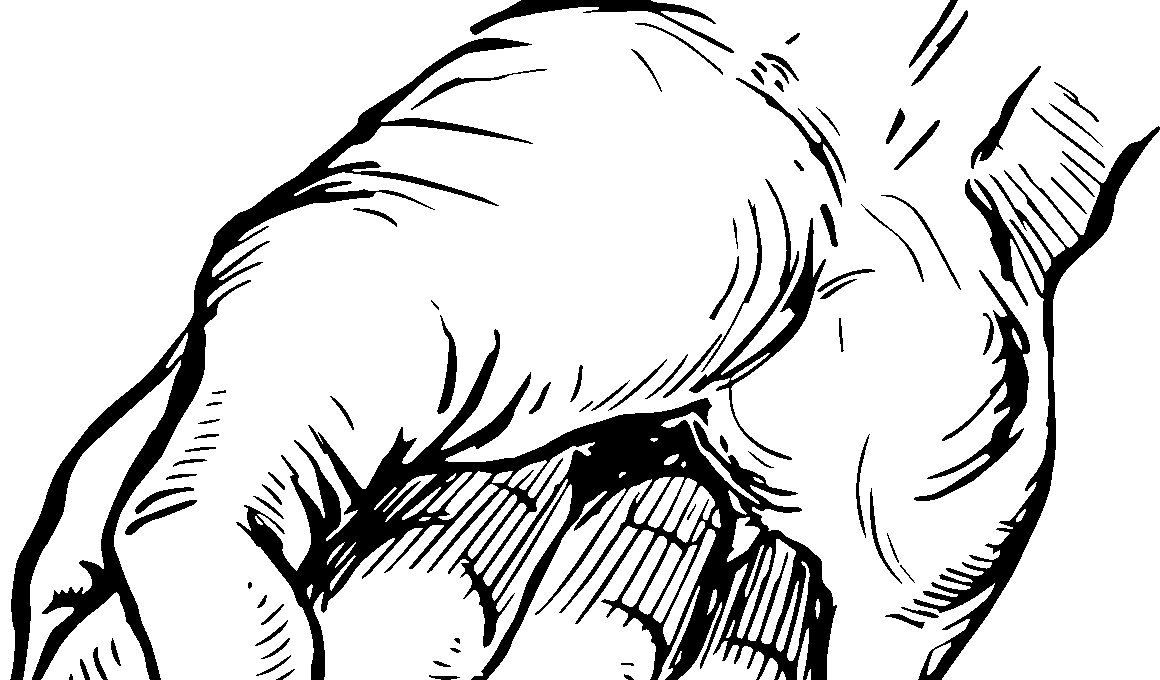Training Your Grip Strength with Calisthenics at Home
Grip strength is essential for overall physical fitness and functionality. It allows you to perform a variety of exercises efficiently and safely. Training your grip at home using calisthenics techniques can deliver impressive results without needing extensive equipment. Many individuals often overlook grip strength training, focusing solely on major muscle groups. However, a solid grip is crucial for lifters and athletes. You can build grip strength with bodyweight exercises, leveraging your own weight to provide resistance. Aim to integrate specific grip training routines into your weekly schedule, targeting all aspects of grip strength: crushing, pinching, and support. Utilizing household items such as towels and buckets can enhance your workouts, offering creative alternatives to standard gym tools. Focus on incorporating grip exercises during your typical calisthenics sessions. This combination will not only enhance your muscle definition but improve your overall functional strength. Track your progress over time to remain motivated and adjust your routines as needed. Remember to warm up before starting severe grip training to prevent injuries and enhance performance. Overall, committing to grip strength routines can benefit your bodily strength, especially at home.
Effective Calisthenics Grip Exercises
To effectively build grip strength, focus on calisthenics exercises specifically designed for this purpose. One highly recommended exercise is the towel twist, which engages the forearm muscles. To perform a towel twist, take a towel, soak it in water, and twist it to wring out the water, applying immense grip pressure throughout the movement. Another excellent exercise is the one-arm hang. Find a sturdy pull-up bar and hang from it with one hand, allowing your body weight to challenge your grip strength. Over time, increase the duration of your hang. Incorporate negative pull-ups, emphasizing the lowering phase, which enhances grip strength and works your back muscles simultaneously. Farmer’s carries can also be easily performed by holding onto heavy items, effectively improving your grip and core strength. Implement various holds like L-sit holds or planche holds to further challenge your grip while training other muscle groups. Ensure to alternate grips throughout your workouts—for example, alternating between overhand, underhand, and neutral grips. Varying your grip can provide comprehensive advantages and ensures your muscles adapt to diverse challenges, ultimately increasing your grip strength effectively.
Developing grip strength improves daily activities. Tasks like opening jars or carrying groceries become manageable with strong hands. Calisthenics offers numerous bodyweight exercises targeting grip strength. Specifically, focusing on your wrist and forearm strength is valuable. Enhancing your overall grip improves performance in weightlifting, climbing, and various sports. Moreover, enhancing your grip strength aids in injury prevention by stabilizing joints and promoting joint integrity. Try incorporating compressing exercises that engage your entire hand. For instance, squeezing a tennis ball or a stress ball while performing exercises can aid in reinforcing grip strength simultaneously. As you implement grip-focused exercises, pay attention to how your body responds. Develop measured progression on lowering rest times and increasing repetitions to effectively build endurance. Indicate your progress by frequently recording improvements. Doing so instills motivation and an awareness of your fitness journey. Creating a balanced routine that integrates grip strength with other key muscle groups is essential. This method ensures you achieve holistic physical fitness while maintaining sharp focus on building grip strength. Always consider proper form and allow sufficient rest days to avoid overuse injuries.
Incorporating Grip Strength into Your Routine
To maximize grip strength results, strategically integrate grip training into your regular calisthenics workouts. Instead of isolating grip exercises, utilize them within your complete body routines. For example, perform pull-ups with added grip challenges by using towels or ropes to enhance tension and strengthen your forearms. Calisthenics routines frequently include movements like push-ups, dips, and squats; consider implementing various grips during these exercises. For instance, change your hand placement to incorporate grip variations, allowing your grip to adapt to different challenges. As you progress, increase the intensity of these grip challenges and incorporate static holds between sets. This tactic offers muscle engagement while you rest your target muscle groups. Predictably increase the difficulty level of grip exercises over time by changing your resistance bands or increasing the duration of your holds. Assess how your grip strength influences other movements as your overall strength increases. Not only do these adjustments encourage muscle growth, but they can also yield better performance in multiple exercises. Affirm the positive effects of your grip strength on overall performance while maintaining sufficient training volume.
Beyond just a fit body, the mental and emotional benefits of grip strength training are evident. Working on grip strength fosters a sense of accomplishment and empowerment through mastery of challenging exercises. Having strong hands and wrists can elevate confidence and improve self-esteem. Aiming for incremental progress in grip training encourages patience and discipline, qualities beneficial beyond fitness. Documenting your daily efforts cultivates accountability, motivating you to remain committed. Maintaining a progressive focus helps track physical gains, further supporting mental clarity and determination. Additionally, sharing your grip training journey can inspire others to embark on similar paths, creating community support. Engage with social media or local fitness groups to share your experiences and outcomes. Becoming part of a supportive community enhances motivation and allows for shared learning opportunities. Regularly participating in discussions regarding grip training techniques and outcomes provides valuable insights. Incorporate feedback into your routines, allowing for continuous improvement. Ultimately, balancing physical pursuits with mental determination is paramount for success. This perspective can lead toward increased fitness levels, enhanced self-confidence, and overall well-being.
Safety Precautions in Grip Training
When engaging in grip strength training at home, safety should be a priority. While calisthenics provides a lower risk of injury compared to weightlifting, you must still take care to avoid strain and overuse injuries. Ensure proper warm-up routines focus on wrist, forearm, and grip joints. Implementing stretching techniques may help prepare your body by increasing blood flow, thus reducing the risk of injury. Pay close attention to any signs of discomfort during your workouts. If you begin to feel pain, stop and adjust your form or take a break. Gradually increase the intensity of exercises to allow your body ample time to adapt. This approach helps promote resilience while ensuring safe engagements with exercises. Proper nutrition and hydration are essential aspects contributing to overall performance and minimizing risks. Fuel your body with nutritious meals to support muscle recovery and growth effectively. Prioritize rest days to recuperate and allow for muscle advancements. Affording yourself recovery days fosters a balanced workout routine, essential for your grip strength training success. By cultivating safety awareness, you enhance overall physical performance while reducing the chances of injuries during exercises significantly.
In conclusion, grip strength is a vital component in achieving overall physical fitness, and calisthenics provides an effective platform for strengthening this area from home. Integrating grip-specific exercises into your workout routines will yield substantial rewards. You’ll find improvements not just in calisthenics, weightlifting, and other sports, but also in everyday activities. The journey to enhanced grip strength requires consistency, creativity, and a willingness to learn through experimentation. Remember that progress occurs over time, and each little victory encourages persistence. With various techniques to explore, you can keep your training engaging and challenging. As you witness changes in your grip and overall performance, your motivation is likely to grow, amplifying your efforts further. Stay aware of safety measures and listen to your body’s feedback throughout your training sessions. Nutrition and hydration play crucial roles in supporting your fitness journey as well. Consider sharing your commitment with others to establish accountability. Over time, you’ll maximize improvements in grip strength and overall fitness. Create your roadmap today with calisthenic grip training as a central feature in your home workout regimen!



